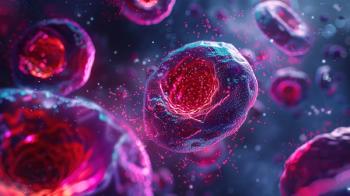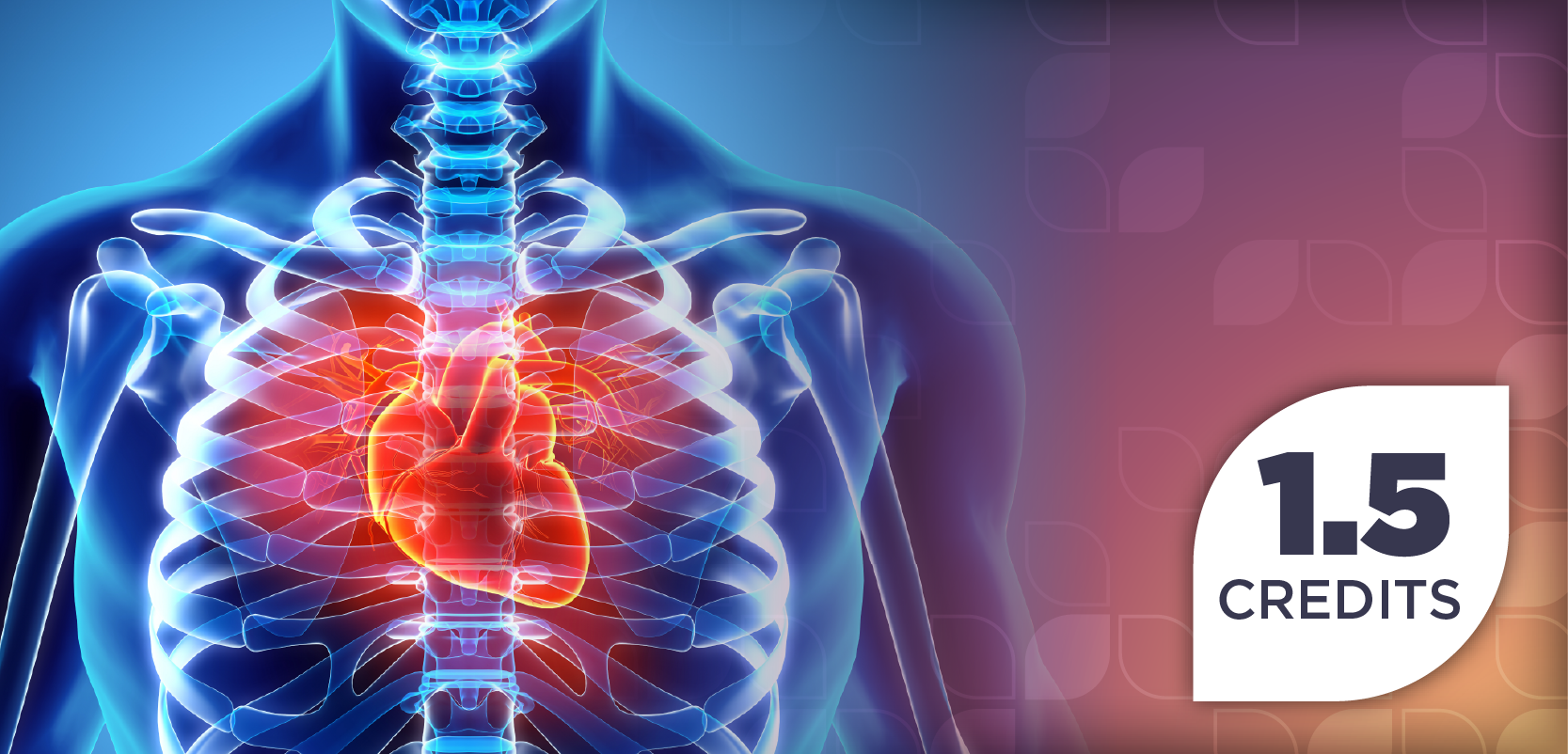
Cutting-Edge Heart Model Predicts Changes in the Heart That Can Lead to Atrial Fibrillation
A paper from a pair of physicists may reveal significant new information about the causes of atrial fibrillation and help to make cardiac ablations a more effective treatment for the condition.
A paper from a pair of physicists may reveal significant new information about the causes of atrial fibrillation (AF) and help to make cardiac ablations a more effective treatment for the condition.
Working in conjunction with a cardiologist, the duo constructed a mathematical model that mimics the activity of heart muscle. They then used the model to predict which changes inside the heart will produce AF and how ablation could be used to reverse the problem before publishing their findings in
“This integration of phenomenological dynamics and pertinent structure shows how AF emerges spontaneously when the transverse cell-to-cell coupling decreases, as occurs with age, beyond a threshold value,” they wrote.
“We identify critical regions responsible for the initiation and maintenance of AF, the ablation of which terminates AF. The simplicity of the model allows us to calculate analytically the risk of arrhythmia.”
Healthy hearts generate regular linear waves of electricity as they pump blood from chamber to chamber and on through the body. AF, on the other hand, is associated with chaotic pulses of electricity that spiral out irregularly from a central point.
Previous studies have explored the relationship but failed to determine whether irregular electrical pulses cause AF, whether AF causes irregular electrical pulses or whether the phenomena merely share a common cause.
Some of those studies relied on an older type of model that treats heart tissue as a grid-shaped collection of cells. The actual cells in heart tissue, however, form together in strands rather than grids. Different strands are, of course, connected with each other, but bonding between strands can weaken as age and other factors alter the heart.
The new model accounts for both this underlying structure and the variability of strand connections in predicting how electricity will move through the heart. Indeed, it finds that strand connections are the key to AF; when they grow too weak to conduct electricity properly, the model shows the spontaneous transition from regular linear pulses to chaotic, spiral pulses.
Of course, no mere collection of equations and variables can provide definitive proof about the operation of flesh-and-blood hearts. Doctors and biologists will have to verify the model’s prediction on living tissue.
That said, the model mimics the behavior of actual human hearts, at least as that behavior concerns AF, far better than its predecessors. Those earlier models would only fall out of rhythm if researchers programmed in some obvious cause, like a blockage or a damaged muscle. The new model often descends into AF without any such obvious cause, just like a real heart. The new model also has a tendency to spontaneously overcome AF and return to normal rhythm, unlike any prior model but exactly like a real heart.
The model’s ability to accurately mimic the behavior of AF in real hearts has led many to hope that it fares as well in simulating the effects of cardiac ablation.
The research team has used the model to test how minor changes in cardiac ablation technique will alter its short-term and long-term success, and team members have found that performing ablation right at the center of the spiraling electricity pulse in each malfunctioning heart greatly improves results.
Newsletter
Stay informed on drug updates, treatment guidelines, and pharmacy practice trends—subscribe to Pharmacy Times for weekly clinical insights.

















































































































































































































